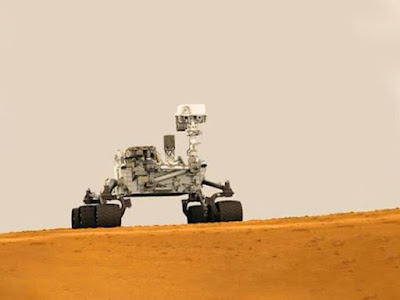
The desert of northern Chile is located in a narrow strip between the Andes and the Atlantic Ocean. It is the driest place in the world, and there are some places where it has not rained for centuries.
The desert covers an area of 181,300 square kilometers (70,000 square miles), most of which is located in Chile, and parts of Peru, Bolivia, and Argentina. It is 100 times more barren and 15 million years old than California's Death Valley.

The Atacama Desert is almost uninhabited. An oasis in the middle of the desert is a settlement called San Pedro de Atacama, where the Spaniards founded a church in 1577. During the Spanish occupation, ports were established on its shores in the 16th, 17th, and 18th centuries to transport raw materials from the mines. The desert was annexed by Bolivia in the 19th century, and with the discovery of unexplored borders and nitrate deposits, it soon became a disputed area between Chile and Bolivia. Chile wrested all of Bolivia in the Pacific War (or Battle of Salt Peter).

The Atacama Desert has vast reserves of copper and other minerals and the world's largest reserves of sodium nitrate.
Amazing facts about the Atacama Desert
In October 2003, the Atacama skeleton was found in the abandoned Chilean town of La Noria, which is located in the Atacama Desert, about 56 km from the town of Iquique. It was discovered by Oscar Muñoz, who later sold it. Currently, it is owned by a Spanish businessman Ramón Navia-Osorio. Though these findings were later disputed.
The Mano del Desierto (a large-scale sculpture of a hand) is located in the Atacama.

The largest prehistoric anthropomorphic (attribution of human traits, emotions, or intentions to non-human entities) figured in the world with a length of 390 ft (119 meters) and represented a deity for the local inhabitants from AD 1000 to 1400.

The Atacama Desert provides the largest natural supply of Sodium Nitrate. The mining of this mineral is also called Chile saltpeter.
Samples of soil from the Atacama are very similar to samples from Mars. For this reason, NASA is using this desert for testing and researching instruments for missions to the red planet and The Caves of Mars Project.


